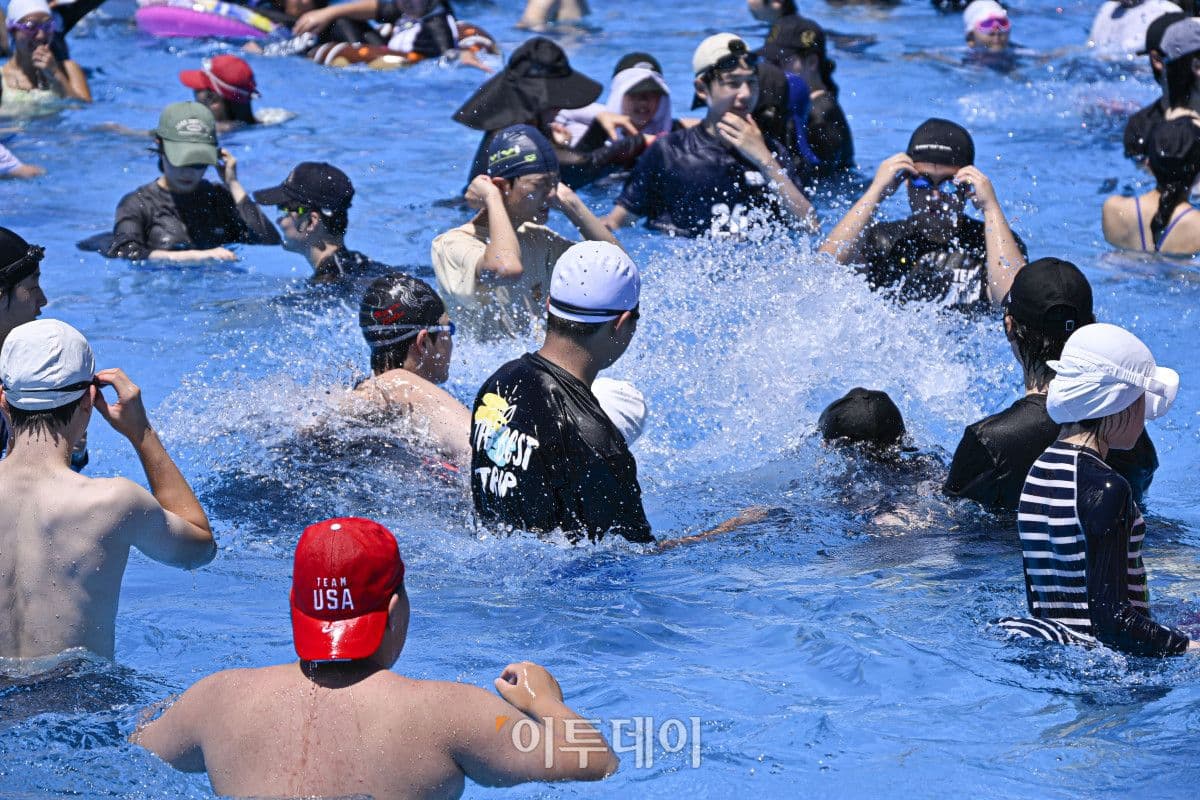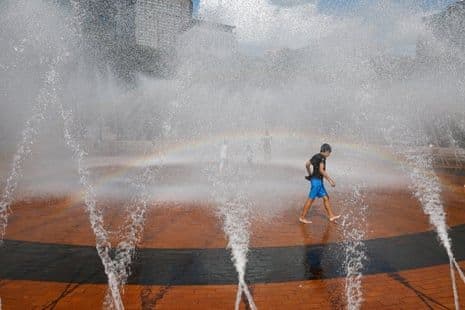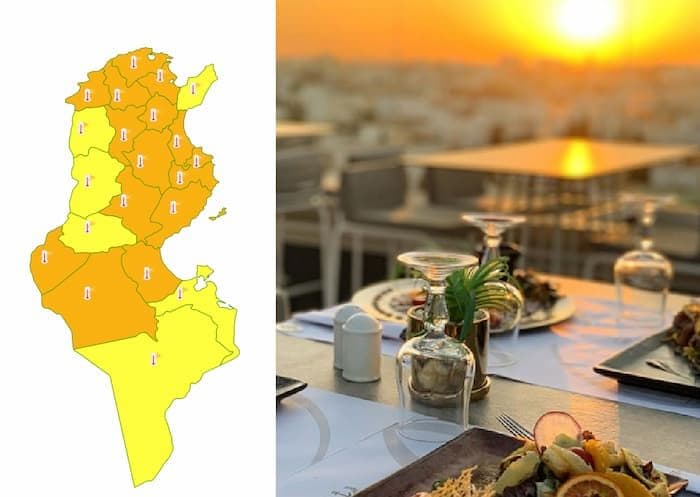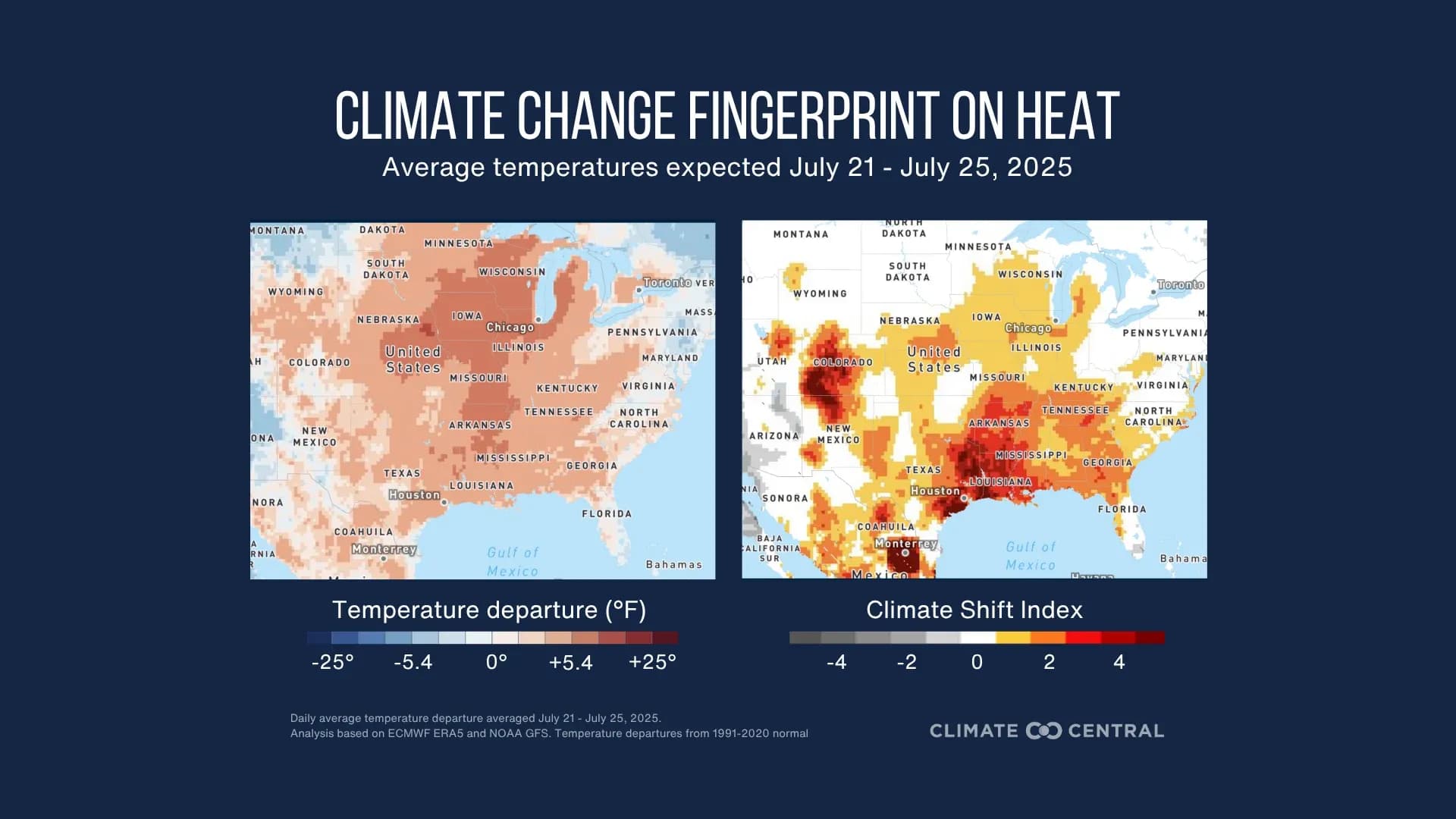The Summer Paradox: When Holiday Dreams Meet Scorching Reality
Explore how extreme heat is transforming our summers, from vacation plans to urban life. Discover hidden impacts & strategies for resilience in a superheated world.

The Blistering Truth: Redefining Summer's Hottest Days
Summer, once a season synonymous with carefree holidays and sun-drenched adventures, is increasingly morphing into something far more formidable. As peak vacation season kicks off, many regions are finding themselves under the relentless grip of extreme heat advisories. Take, for instance, a recent July 27th, where a nationwide heatwave advisory blanketed the country. Daytime highs soared to an oppressive 38°C in , 37°C in and , and even coastal cities like and sweltered at 35°C and 33°C respectively. , typically a cooler island escape, registered 32°C. But these aren't just numbers on a thermometer; the 'real-feel' temperatures often climb even higher, creating a truly suffocating, steamy atmosphere. The issued stern warnings, urging extreme caution against heat-related illnesses as perceived temperatures routinely exceeded 35°C. This isn't an isolated incident; records are consistently broken, with Seoul hitting a new summer high of 37.9°C, surpassing its previous peak. Even parts of , like , saw the mercury touch a staggering 39°C. With over 180 areas under heat warnings or advisories, and cities enduring consecutive tropical nights – Jeju for 12 days, Seoul for 8, and Gangneung for a full week – it's clear: summer is no longer just warm; it's a period of extreme, persistent heat that demands a fundamental re-evaluation of how we live and play.

More Than Just Sweat: The Unseen Toll of Extreme Temperatures
Beyond the immediate discomfort of stifling humidity and soaring temperatures, extreme heat inflicts a profound, often unseen, toll on individuals and society. It's far more than just sweating through your clothes; it’s a direct threat to public health. Medical professionals are witnessing a worrying surge in heat-related illnesses, from the critical dangers of heatstroke and exhaustion to the pervasive issues of dehydration. Outdoor activities, once a staple of summer, now carry significant risks, necessitating constant hydration, electrolyte replenishment, and robust sun protection like hats and sunscreen. But the impact extends beyond the physical. Prolonged exposure to oppressive heat can disrupt sleep patterns, exacerbate chronic health conditions, and even affect mental well-being, leading to increased irritability, fatigue, and reduced cognitive function. Productivity dips, particularly for those in outdoor professions or without access to adequate cooling. This isn't merely an inconvenience; it represents a subtle yet significant erosion of daily life quality, placing immense strain on healthcare systems and altering the very rhythm of urban existence. The sweltering conditions force a re-evaluation of where we spend our time, how we work, and ultimately, how resilient our communities truly are.

A Nation Under Advisory: Navigating Official Warnings and Personal Risks
With pervasive extreme heat becoming the new normal, official warnings have become an indispensable part of summer life, guiding a nation through perilous conditions. When the issues a 'heatwave advisory' or 'warning' across hundreds of districts, it's a clear signal to everyone: vigilance is paramount. These advisories aren't just bureaucratic announcements; they’re critical public health directives. They emphasize that while the air temperature might be high, the 'real-feel' temperature, often exceeding 35°C, is the true indicator of risk for heat-related illnesses. Navigating these personal risks demands a proactive approach. Authorities consistently advise staying hydrated by drinking water frequently, even when not feeling thirsty, and replenishing essential salts. Seeking shade, wearing lightweight clothing, and using sun-protective gear like wide-brimmed hats and sunscreen are no longer suggestions but vital precautions. We see children cooling off in city fountains, a testament to the collective ingenuity in finding relief. This shift highlights a societal adaptation where summer enjoyment is now intertwined with a heightened awareness of environmental dangers, transforming casual outdoor leisure into carefully managed excursions. Understanding and adhering to these official advisories becomes a shared responsibility in safeguarding public health against the summer's intensifying wrath.

Reimagining Recreation: Adapting Holiday Plans to a Hotter World
The relentless summer heat is fundamentally reshaping how we approach recreation, especially during the coveted holiday season. Gone are the days when a July vacation automatically meant long hours under the sun at a beach or hiking trails. Now, with nationwide heatwave advisories coinciding with the start of peak summer holidays, people are compelled to reimagine their leisure time. Traditional outdoor activities, once central to summer plans, are increasingly being curtailed or shifted to cooler parts of the day, if at all. Instead, vacationers are gravitating towards indoor attractions like museums, shopping malls, and air-conditioned entertainment venues. Water-based activities, such as swimming pools, indoor water parks, and even public fountains, have become essential refuges rather than mere recreational options, as seen with children seeking solace in city fountains. This adaptation isn't just about comfort; it's a matter of safety. The 'vacation season heatwave caution' has become a common refrain, pushing families to prioritize well-being over conventional holiday pursuits. Some are even opting for 'staycations' or delaying their travels until autumn, essentially extending the traditional holiday window. This dynamic shift underscores the 'summer paradox' at the heart of our changing climate: the very season designed for relaxation and enjoyment now dictates a more cautious, often indoor, approach to recreation, forever altering the fabric of our summer dreams.

Building Resilience: Long-Term Strategies for a Superheated Future
While immediate adaptations to extreme heat are crucial, truly thriving in a consistently hotter world demands far more than just personal precautions or altered holiday plans. It calls for systemic, long-term strategies to build genuine societal resilience. This involves a multi-faceted approach, starting with urban planning that prioritizes green infrastructure – more parks, tree-lined streets, and reflective surfaces – to combat the urban heat island effect. Investing in energy-efficient building designs and retrofitting existing structures to better withstand heat waves will be paramount, reducing reliance on energy-intensive cooling systems. Developing comprehensive public cooling centers and ensuring equitable access to them, particularly for vulnerable populations, becomes a critical public health initiative. Beyond infrastructure, there's a pressing need for policy changes that integrate climate resilience into all levels of governance, from early warning systems that are easily understood and acted upon, to educational campaigns that empower citizens with knowledge and resources. We must also explore innovative technologies, perhaps even 'cool pavements' or advanced air purification systems, that actively mitigate heat. This isn't just about surviving summer; it's about fundamentally reshaping our cities, our infrastructure, and our collective mindset to not merely endure but to flourish in a future where extreme heat is a recurring reality. The time for proactive, systemic change is now, transforming our vulnerability into sustainable strength.
Related Articles

The Unyielding Embrace: How Korea's Historic Heatwave Reshapes Everyday Life

The Unyielding Embrace: How Korea's Historic Heatwave Reshapes Everyday Life

America's Invisible Inferno: Confronting the Silent Summer Killer

America's Invisible Inferno: Confronting the Silent Summer Killer

Beyond the Mercury: Cultivating Resilience in a Warmer World

Beyond the Mercury: Cultivating Resilience in a Warmer World

Beyond the Thermometer: Unpacking Our New Era of Extreme Heat
